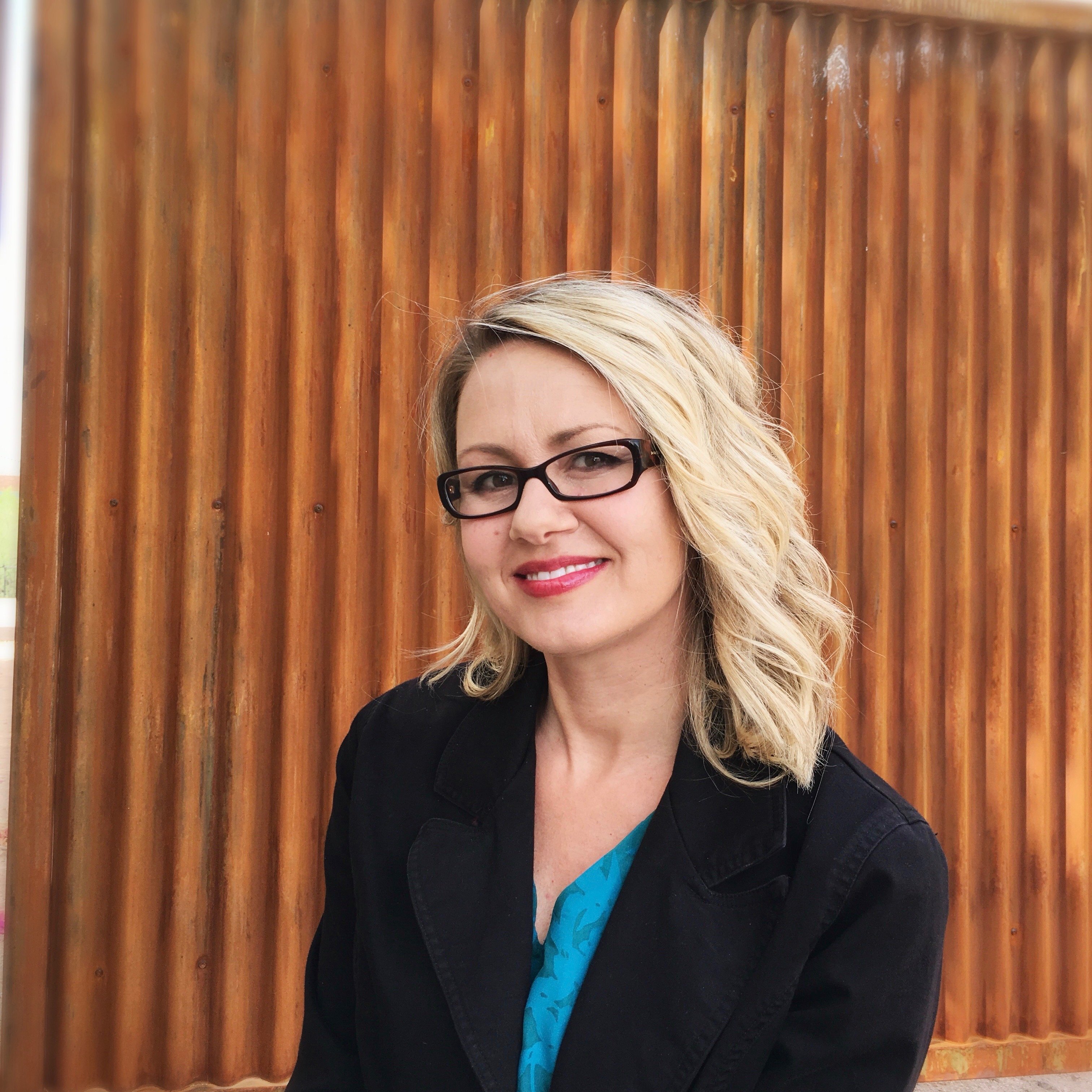Frank Lloyd Wright Spiral House in Phoenix for Sale Amid Controversy
Arcadia is known for its generous greenspaces and remnants of old citrus farms that were once a charming feature in this affluent Phoenix neighborhood. But it’s the variety of homes, which were built from the 1920s to 1950s, that have architectural buffs flocking to this historic neighborhood.

'The Spiral House' for Sale
One home gaining attention lately is the David and Gladys Wright House, designed by legendary architect Frank Lloyd Wright and built in 1952. The home, which was designed for Wright’s son David, sits on the edge of the Phoenix Mountains Preserve, and it’s known as “The Spiral House” due to its curving style. According to AZ Central, the home is listed at $12.95 million, which is creating a buzz among Frank Lloyd Wright fans who want to own a piece of architectural history.
And while the news of the home hitting the market is causing a local stir in Phoenix, it’s not without controversy as there’s been public debate over how the sale could affect the neighborhood. Once referred to as the “Taj Mahal” by the architect’s son, per Curbed, the home would become an early example of Wright’s rounded style, which features the same architectural design seen in the Guggenheim Museum in New York City. After the original owners passed, there was talk of demolition, at which point the home was purchased by Zach Rawling for $2.4 million, with plans to turn the residence into a museum and cultural center.
Balked at by neighbors who feared the home would wreak havoc on the peaceful neighborhood vibe with noise and tourism, the home was eventually donated in June 2017, and made available to the Frank Lloyd Wright School of Architecture at Taliesin in Scottsdale for community programming and educational activities, according to Houzz. Up until the news of its sale, the house was also used as a hands-on architecture lab as restoration on it continued.
Although no reason has been publicly given for the change of heart by Rawling and his reasons to now sell, curious readers may be anxious to know what exactly a little under $13 million will buy. The 5.9-acre property offers views of Camelback Mountain, manicured grounds, and of course, the architectural gem. The 2,553-square-foot main house features three bedrooms and four bathrooms, with a cantilevered, spiral walk up providing access to the house and views of the central courtyard. Concrete block construction acts as a blank canvas for hand-cut Philippine mahogany wood accents, and the signature “March Balloons” carpet and furnishings in the living room were custom designed by Wright himself. The property also includes a guest house, which was recently restored.
Owning a FLW Home
Despite the great news for the house hitting the market, the home may be in for a new type pf controversy. According to New York Times, realtors have their jobs cut out for them, with all types of fans coming out of the woodworks in hopes of getting just a glimpse of the inside of the famous dwelling. And when the home does sell, the new owners will have to get used to some fairly “exclusive, sometimes intrusive, society of Wright enthusiasts” who feel as though they have a stake in every decision made regarding the home.
One Wright home owner told the New York Times in the process of selling, "It’s like dealing with a group of theater critics. You’ve got to put on a good performance to generate accolades, and if you don’t, you’re going to hear from them.”
Mirroring those sentiments, William Fastow with TTR Sotheby’s International Realty tells SF Gate “Owning a FLW (Frank Lloyd Wright) home is literally buying a piece of art that you live in. You don’t add flowers to a Picasso or paint jewelry onto the Mona Lisa. The house is what it is, and the interior aesthetic will only ever truly work as it was designed.” Time will tell what kind of unique buyer can withstand the perks and perils of owning one of the most famous homes in the Valley.

